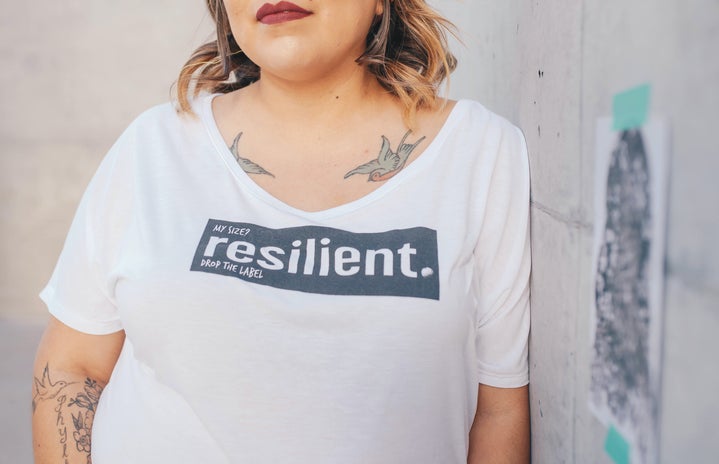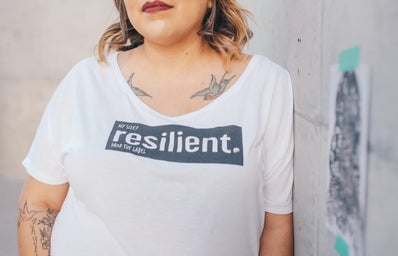Body shaming is a concept that has emerged and proliferated across the Internet and media. Formally it is defined by an online dictionary as the “practice of making critical, potentially humiliating comments about a person’s body size or weight.” As this trend has grown, women and the youth have become the primary targets.
Body shaming, of course, is not just centered on women and there are many individuals feeling its residual effects. For example in the United Kingdom “the number of children and teenagers in the UK hospitalized due to illnesses such as anorexia has increased from 1,718 in 2007-8 to over 6,500 in 2010-11,” showing that this problem affects people universally. However, because women are consistently tied to their bodies it becomes more prominent in their daily lives.
The tie that has been historically created between a woman and her body begins impacting women at young ages. Society has created beauty standards for women that are impossible to live up to, causing impressionable young girls to wonder why they may not look like the model on the magazine or actress on television. These young girls grow to be women who have been programmed to hate and be ashamed of their bodies for not living up to society’s expectations.
This situation, of course, is not reality for all. However, the large percentage of young girls and women it does affect needs to be discussed. An article about the topic states, “one in four seven year old girls have tried to lose weight” and even goes further stating “girls as young as five years old are worried about the way they look and their size.” The fact that seven-year-old girls are contemplating their body image instead of picking out a bedtime story is a societal problem.
Because of this, we as a society need to be aware of this concept of body shaming and the trends that it has given birth to. For example, one trend meant to shame women is called the Collarbone Challenge based within social media. Whether or not a woman can rest a roll of coins on her collarbone without it falling is now a test of whether or not a woman’s body is socially acceptable.
These trends not only lead our society down its chosen road of marginalizing women, but also have devastating impacts on young women and their self-esteem especially. For example, an article done by Science Daily shows that “Teens who believed they were overweight were at greater risk for suicide attempts compared to those who did not believe they were overweight.”
With body shaming comes an obsession with weight to ensure one stays within the acceptability standards in our society. If the youth of this society develops that obsession, which it already has, one can conclude that body shaming is cultivating a higher number of suicides among young people.
Furthermore, an article written about this topic quotes research done by the American Psychological Association that states women “don’t see themselves as having the ability to bring about change, either personally, or politically” because of poor body image and/or eating disorders resulting from poor body image.
Once again, here is an example in which society has used its idea that women are defined by their bodies in order to control them in some way or another. Body shaming is just another way of keeping women at bay by making sure they stay in their designated social spaces and out of positions of power.
We need to analyze these concepts and trends as they arise in order to understand their impacts on a grander scale and change them accordingly.

